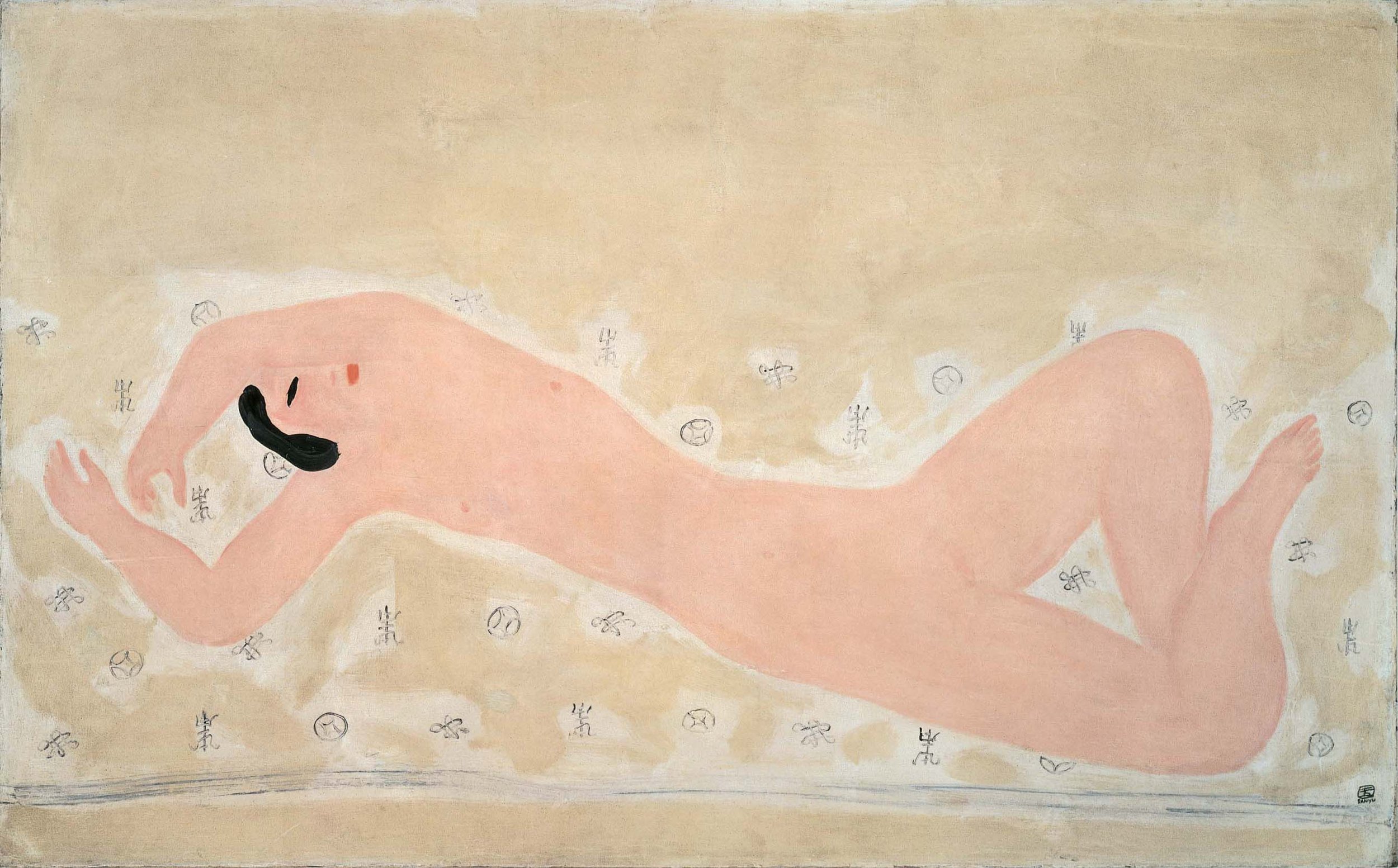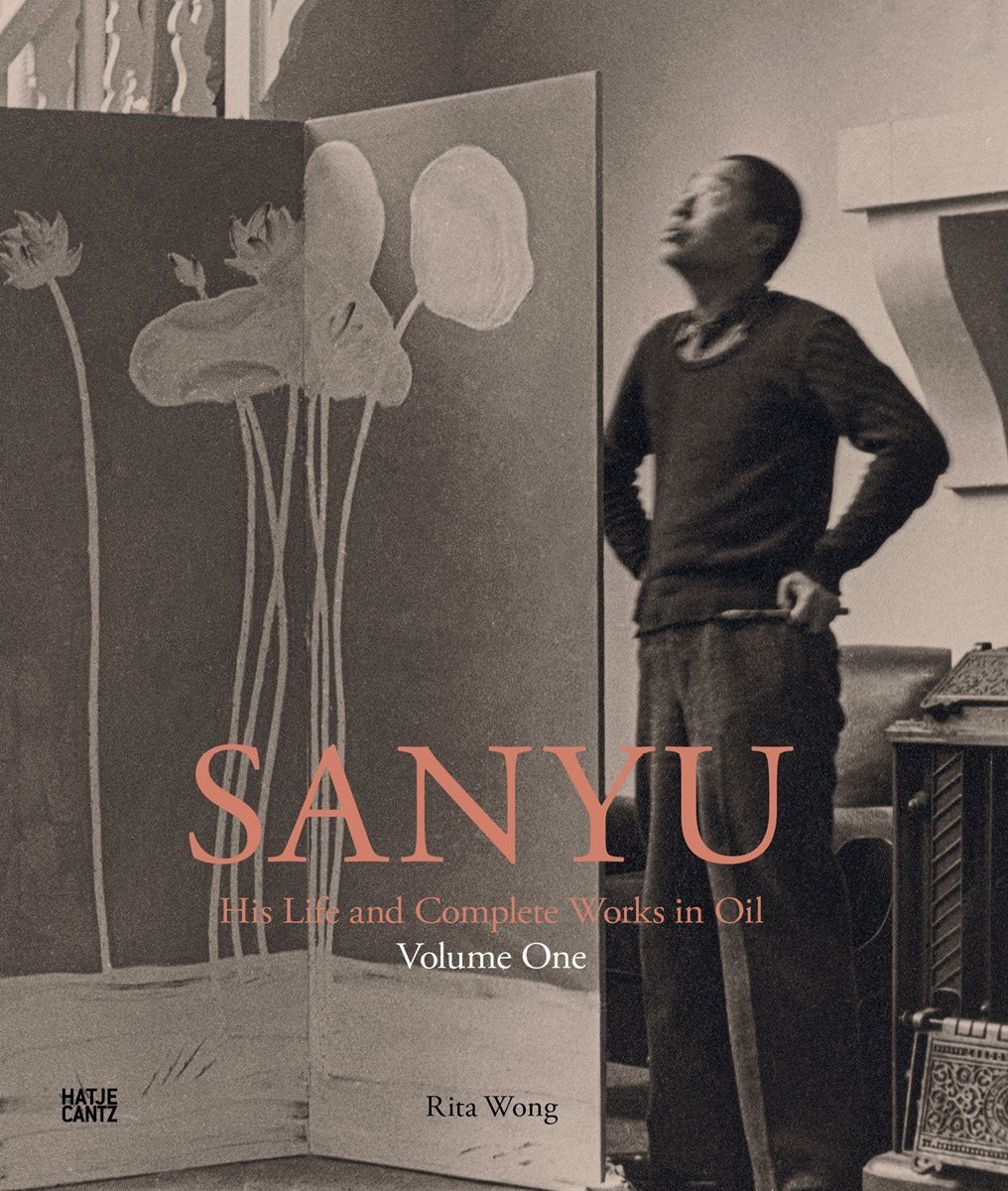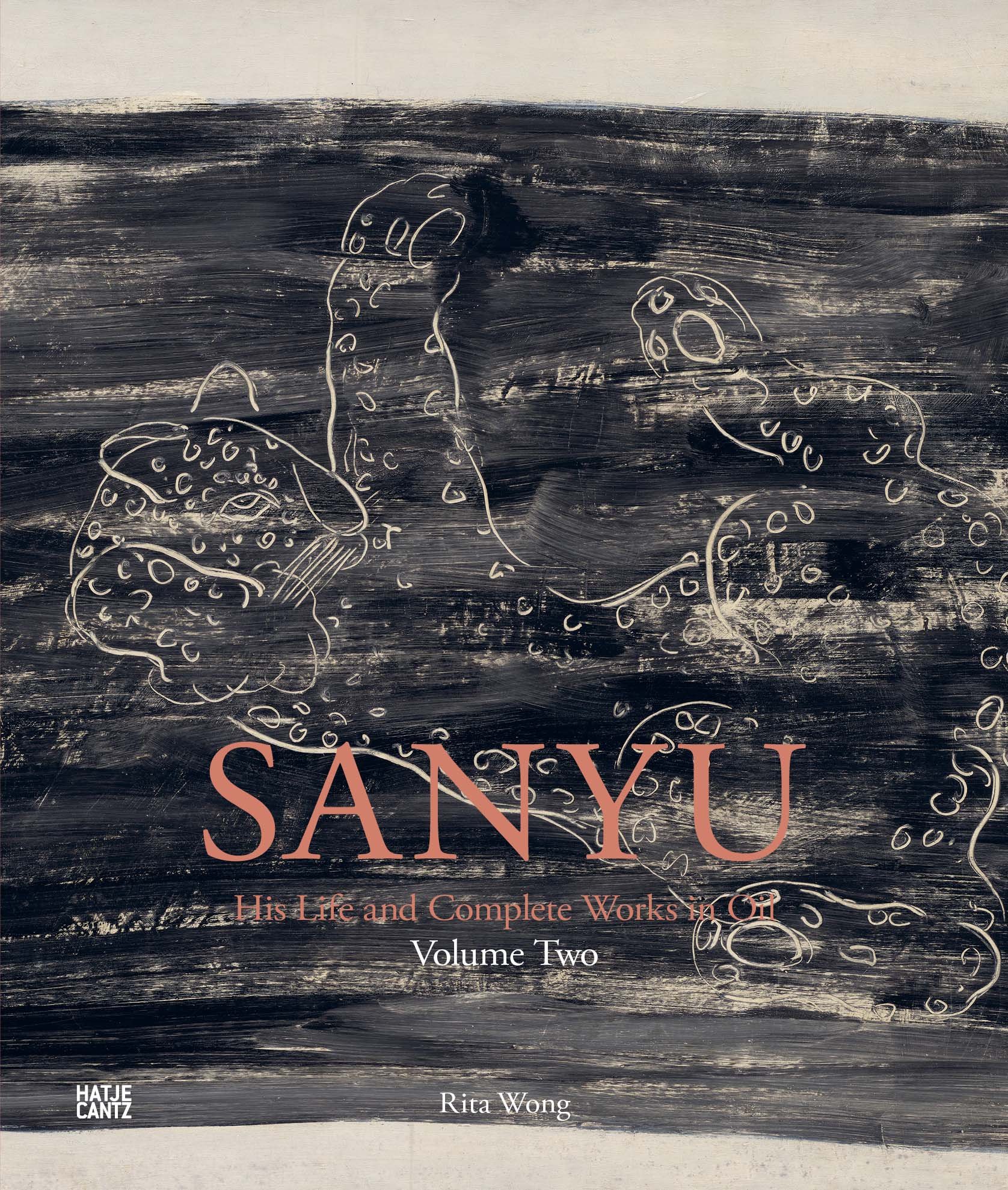
Sanyu: His Life and Complete Works in Oil
In addition to my work as a painter, for many years I have designed and produced art exhibition catalogues and catalogue raisonnés. In 2001, working with Rita Wong and the Li Ching Cultural and Educational Foundation, we produced the first book for the Archives of Modern Chinese Art on all the known oil paintings by Sanyu, the Chinese artist who left his homeland to live and work in Paris in the first half of the twentieth century. Since the publication of that volume, we have produced additional catalogue raisonnés on Sanyu, focusing on his watercolors, drawings, and prints. As several of Sanyu’s paintings have surfaced over the last two decades, we produced a final, two-volume set, Sanyu: His Life and Complete Works in Oil.
The books are authored by Rita Wong in Taipei, Taiwan; designed by me in Woodstock, Vermont; printed by Printer Trento in Verona, Italy; and published by Hatje Cantz in Berlin, Germany.
Presented below are descriptions and selected page spreads that illustrate this significant project. Books can be purchased on this website, at our Vermont gallery, and at booksellers around the world.
Sanyu
In 1921, Sanyu (Chang Yu, 1895–1966) was among many Chinese artists who left his homeland to travel abroad to learn foreign ways. Choosing Paris as his destination, Sanyu enrolled at the Académie de la Grande Chaumière where he delved into the world of sketching nudes from live models, something totally foreign to Chinese painting. In these nude drawings, using traditional Chinese brush and ink, Sanyu’s training in Chinese calligraphy emerges in the curvilinear certainty and fluidity.
In 1929, Sanyu started to paint in oils, many of his early works featuring black and white, with highlights in pink. When he traveled to New York after World War II and became roommates and close friends with Swiss photographer Robert Frank, he was influenced by the New York School—Mark Rothko, a friend of Frank’s, in particular—and while he did not embrace abstraction, he borrowed elements that are evident in the broader color fields and more diversified palette of his later paintings.
Sanyu returned to Paris in 1950, where he remained until his death. He believed that to develop as an artist he could not leave Paris, even though his life there was characterized by hopeful but false starts and debilitating failures. In August of 1966, he died of gas asphyxiation from an accidental leak in his faulty kitchen stove. The paintings and drawings in his studio were taken to Hotel Drouot in Paris where they were auctioned in bulk by weight for a pittance.
Today, Sanyu is one of the most coveted modern artists, his paintings having repeatedly broken world records for Chinese modern Western-style art. In 1993, his Five Nudes sold for $150,000. In 2019 the same painting sold for $33 million. His Nude on Tapestry (shown above) sold for $24 million in November 2023.
Volume One: His Life
Sanyu: His Life and Complete Works in Oil, Volume One, traces Sanyu’s life from his early years in China and Japan, to his artistic experimentation and development in Paris and New York, and ending in his tragic death, a Chinese artist in Paris, impoverished and forgotten. An examination of his life reveals that it was precisely the polarities and tensions Sanyu experienced that spurred him to create a unique pictorial language that so dynamically integrated the spirit of Western modernity with centuries-old established Chinese traditions. Sanyu metamorphosized from a Chinese artist of the modern period to a modernist with Chinese cultural roots. These intersecting dynamics resulted in a hybridization previously unseen.
Author: Rita Wong
Graphic Design: Glenn Suokko
Publisher: Hatje Cantz, Berlin
Printed in Italy
English, Chinese, French editions
248 pages, 300 illustrations, 33 x 27 cm, Hardcover
$115
Volume Two: Complete Works in Oil
Volume Two of Sanyu: His Life and Complete Works in Oil comprises the catalogue raisonné of the 321 known works in oil by Sanyu (Chang Yu, 1895–1966) on mirror, canvas, Masonite, board, or paper. A catalogue raisonné is a critical, comprehensive, and systematic compilation of the known oeuvre of a single artist in a given medium or combination of media. It prioritizes authenticity, supported by records of provenance, exhibitions, and publications. Conceived of in Europe in the eighteenth century, catalogues raisonnés have been compiled for most major Western artists by scholars, authorized foundations, family estates, and combinations thereof.
In Asia, the empirical and factual nature of the catalogue raisonné, in which provenance is carefully recorded, did not resonate with the traditional collecting ethos, which valued discretion and privacy. In addition, the nature of painting instruction, with pupils learning mostly by copying, their ability measured by how precisely they could reproduce a master’s original, made authentication difficult. Art was traditionally traded privately; the notion of an open market with public records was foreign and regarded by many as indiscreet and indecorous.
With the introduction of public auctions in Asia by leading international auction houses in the past decades, resulting in a wider interest in collecting art with the concomitant increase in prices, the need for a systematic study of artists’ complete oeuvres became apparent. In 2001, the first catalogue raisonné on a Chinese artist was published—Sanyu: Catalogue Raisonné, Oil Paintings—by the Li Ching Foundation. In the ensuing years, Li Ching has dedicated its resources to collecting material and conducting extensive research not only on Sanyu but on other artists of the same era. Since 2011 the foundation has published five catalogues raisonnés—three on Sanyu, one on Pan Yu Lin, and one on Ting Yin Yung—placing Li Ching in the forefront of publishing catalogues raisonnés in Asia.
It is hoped that this catalogue raisonné, with contributions by collectors, scholars, expert imaging specialists, photographers, and scientists, will elevate the scholarship on Sanyu and enhance the understanding of his art, ensuring the continuation and wide dissemination of his legacy.
Author: Rita Wong
Graphic Design: Glenn Suokko
Publisher: Hatje Cantz, Berlin
Printed in Italy
English, Chinese, French in one edition
600 pages, 330 illustrations, 33 x 27 cm, Hardcover
$175
The Li Ching Cultural and Educational Foundation
The Li Ching Foundation, founded in 1983, is one of the earliest privately funded foundations in Taiwan dedicated to supporting cultural and educational activities. In addition to granting scholarships to students in Taiwan and China, Li Ching has a sister program, The Taipei American Educational Trust, which provides scholarships to students studying in America. In 1995, Li Ching expanded its scope to provide art, music, and library facilities at educational institutions in Shandong Province, the home of Li Ching's founder, I Fu-En. Since 2005 Li Ching has devoted its resources to creating online archives of the works of modern Chinese artists as well as to publishing catalogues raisonnés of their work.
Rita Wong is chairperson of the Li Ching Foundation and author of catalogues raisonnés on Sanyu (1895–1966), Pan Yu Lin (1895–1977), and Ting Yin Yung (1906–1978).
To date, Rita Wong and Glenn Suokko have collaborated on eight catalogue raisonnés. Many of these now out-of-print books have become highly collectible. For more information, see our previously published catalogue raisonnés.





















